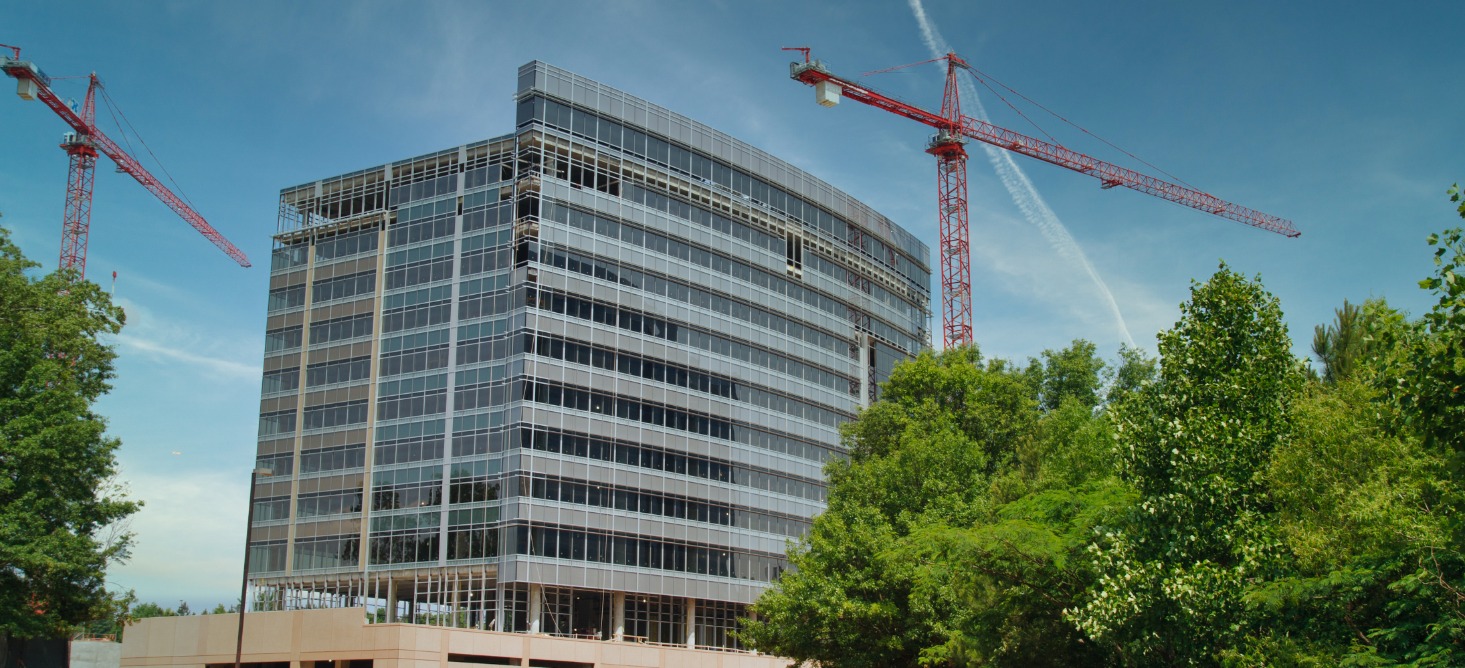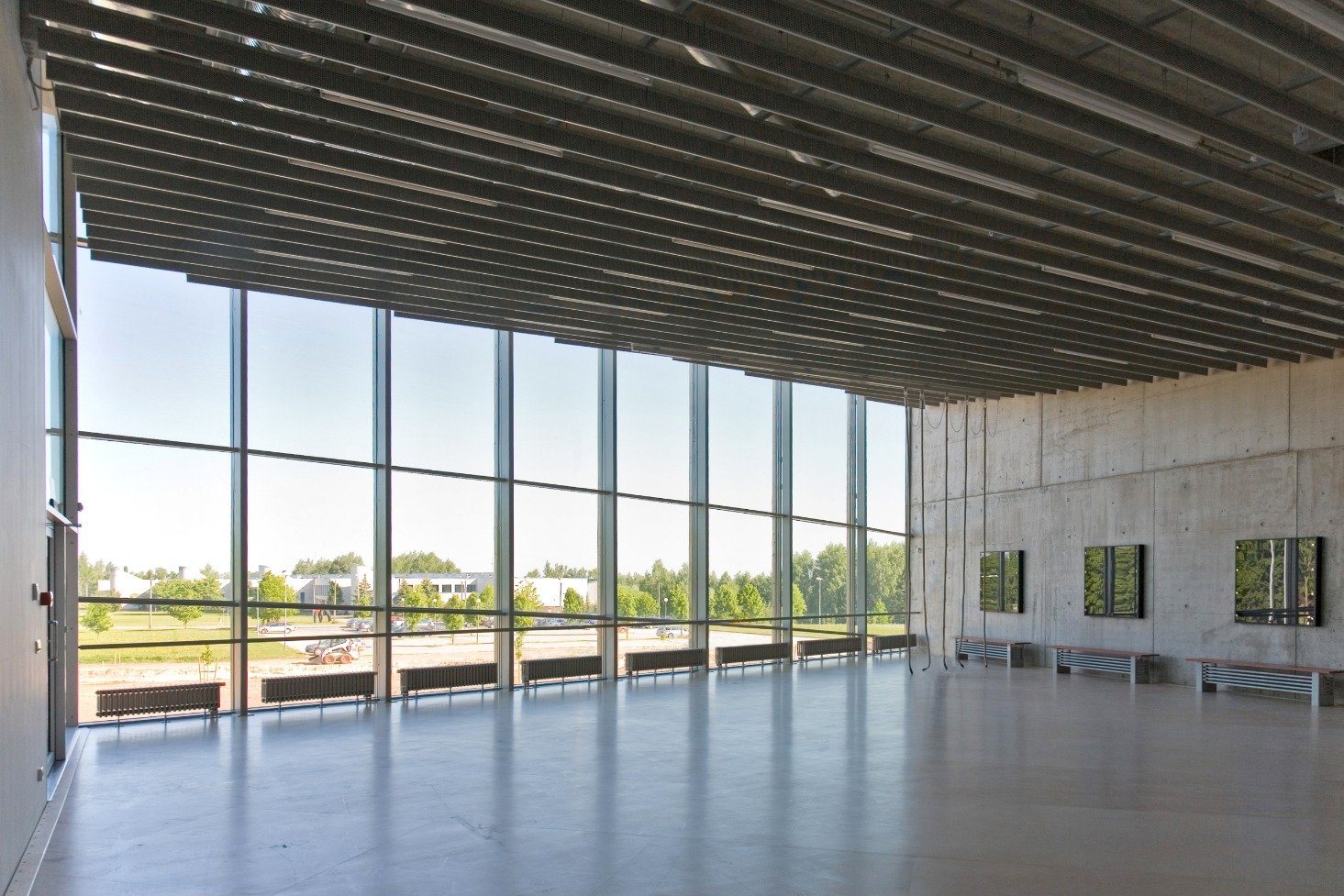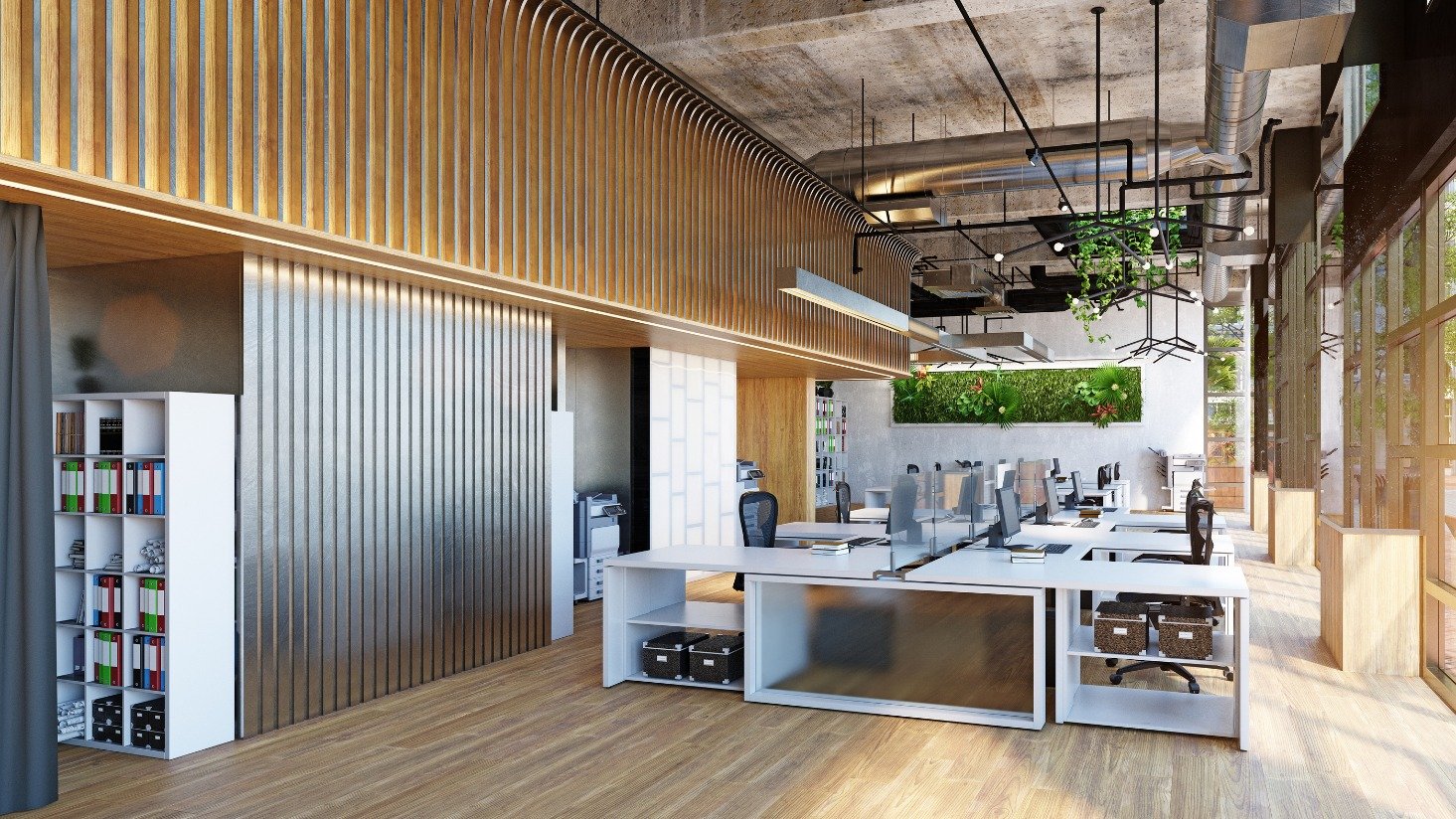How to do value engineering the right way

If you've spent any time in construction, you've been in this scenario: you get plans for your next project and start the bid-gathering process. Most estimates come back within a typical range, but the bid for lighting is way out of budget. Other times, the lighting bid may look good, but there's a late-in-the-game surprise — a 12+ week lead time that's now throwing a wrench in your schedule.
If you've spent any time in construction, you've been in this scenario: You get plans for your next project and you start the bid-gathering process. Things come back within a typical range, but the bid for lighting is way out of budget. Or maybe the bid looks good, and you get a good bid back but you find out late in the game that there's a 12+ week lead time that's trowing a wrench in your schedule.
Now what?
In situations like this, value engineering a lighting package tends to come up. We've value engineered countless projects, and we've also written about ways to avoid the value engineering crunch and still save money. There is value behind value engineering — when you do it the right way.
Why lighting causes budget and timeline issues
First, let's talk about the root problem here. Lighting can often cause budget and timeline issues.
When it comes to delays, there are a few key factors that come into play:
- High-end or custom fixtures are included in a set of plans and the manufacturer's lead time is too long.
- The lighting was over-specified, meaning architectural-grade fixtures were used where commercial-grade fixtures would provide proper lighting for less cost.
- The lighting was specified through a narrow list of manufacturers. In some cases, a designer may choose from a short list, and while there can be advantages to this, it can lead to higher costs if other manufacturers have quality options for less.
In each of these scenarios, the lighting was presented as part of the overall project aesthetics. So if the project is value engineered, substituting for a cheaper product isn't always the best solution. Instead, finding the best overall fit for the project is.
When value engineering causes problems
Value engineering is a simple proposition: Substitute items that are too expensive or unavailable in a lighting plan with comparable products at a lower cost.
The challenge comes in when specifications aren't carefully reviewed or light levels aren't taken into consideration. Here are some examples:
1. Too many differences in product specifications
Let's take an example where recessed cans are value engineered on a project. Maybe a retail-grade recessed fixture is used in a multifamily or office environment where the fixture is overkill. So, a contractor substitutes for a commercial-grade recessed can with similar wattage at a 30% cost savings per fixture. A win, right?
Well, it turns our that the original lighting was specified at a warm color tone (3000K) to meet the architect's aesthetic goals and the substitute fixture is a daylight color (5000K) with a low color rendering score that makes those nice floors look dull. Bummer.

2. Light levels aren't considered
We see this next scenario a lot in exterior lighting. A set of plans for a parking lot or garage is value-engineered to save on the materials costs. The end result is a 20% savings.
But, the install is complete and there are dark areas of the parking lot that don't meet light level requirements. Oh, and the fixtures give off a ton of glare that causes complaints and doesn't meet BUG requirements.
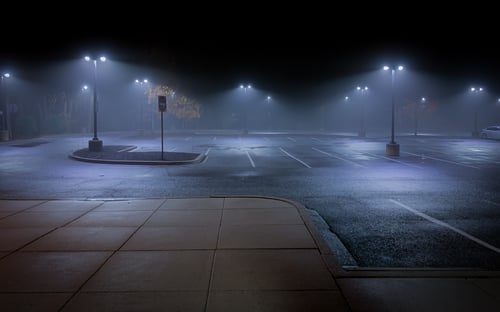 No one wants to re-do parking lighting to meet requirements that should have been met in the first place.
No one wants to re-do parking lighting to meet requirements that should have been met in the first place.
Value engineering the right way
In the scenarios above, value engineering intended to solve a headache created a greater problem. So, how do you avoid creating more delays? Here are our tips for a great value-engineered lighting package that solves problems and saves money.
Tip #1: Make sure your value engineering partner knows lighting
Let's face it — lighting is full of complicated specs and jargon. If you're going to avoid color temperature surprises or other hiccups along the way, make sure that your value-engineering partner knows the specifications you need and how they compare.
Tip #2: Know if light levels are critical
Egress minimums and minimum foot-candle readings in parking lots are just two examples where light levels can be critical. If the beam spread (light distribution) of your fixtures isn't right, you could end up with a fixture that looks good on paper with the right light output (lumens), but doesn't get enough light where it's needed.
If light levels are important, have your value engineering partner verify the photometrics.
Tip #3: Consider controls
Lighting controls are being required on more and more jobs, and with that comes the complexity of making sure the lighting you're using is compatible with the controls. Incompatibility could result in strobing, flashing, or controls that simply don't work.
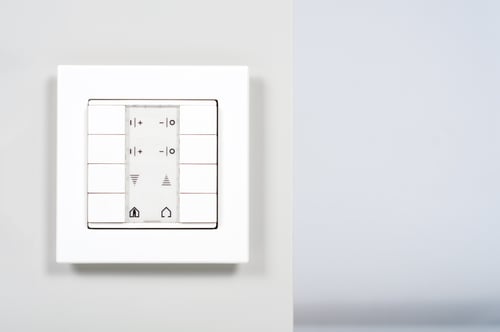 If you have controls, make sure that is considered within the revised lighting specification.
If you have controls, make sure that is considered within the revised lighting specification.
Tip #4: Know local code
Title 24, BUG requirements, and wind ratings are three specific areas where local code compliance can put a project in jeopardy. When you value-engineer a project, make sure all local requirements are considered so you are able to fly through inspections.
Tip #5: Consider lead times
Typically value engineering comes hand-in-hand with reducing lead times, but logistics still need to be verified. If you get substitutes on a project, make sure the lead times are clear. And it doesn't hurt to have your supplier verify the lead times with the manufacturer before you approve the new package.
Tip #6: Know where custom-fixture quality matters
Just because you have a custom light fixture specified on a plan, it doesn't mean you can't value engineer it. With that said, there are cases where you want a high-impact, high-end fixture to make a statement in your project. Make sure that value engineering doesn't reduce the character and quality of your space.
Lighting is a major part of creating a space and an atmosphere for people to enjoy, and it's important to work with the right partner who you can trust to get the job done.
Regency Supply has more than 40 years of experience navigating the complex world of lighting. We'd love to help you on your next project. Contact us for a review of your current lighting plan.




